7-minute read
keywords: paleobotany, paleontology
Greenland’s name might be considered one of history’s great ironies, apparently part of a cunning plan to attract Viking settlers. The locals simply called it Kalaallit Nunaat or “land of the Kalaallit”, after their people. However, once upon a time, Greenland was green. Tropical Arctic is the fruit of an 18-year collaboration between two palaeobotanists and an artist to bring to life the plant fossils found in East Greenland. In three paintings, it provides a glimpse of Greenland during a 10-million-year window at the Triassic–Jurassic boundary, some 200 million years ago. Much more than a coffee table book, it details the research that goes into producing scientifically accurate artwork, making it a rare treat for readers interested in botany and palaeontology.

Tropical Arctic: Lost Plants, Future Climates, and the Discovery of Ancient Greenland, written by Jennifer C. McElwain and Ian J. Glasspool, illustrated by Marlene Hill Donnelly, published by the University of Chicago Press in February 2022 (hardback, 138 pages)
I will admit that when I first leafed through this book it was not quite what I was expecting. Spoiled as I have become by portfolios of palaeoart I thought this was going to be an art book first. Seeing just three full-page spreads (and, granted, plenty of accompanying sketches) I was mildly surprised. In that sense, Tropical Arctic is an object lesson in patience and the rewards that come with slowly drinking in the details.
To give some background, 200 million years ago Greenland was positioned at a latitude of roughly 50° N (think modern-day Dublin) instead of today’s 71° N and had a warm and muggy climate, not unlike today’s Florida. But things were about to get a lot warmer. The Triassic–Jurassic boundary was a time of upheaval and marks one of the five great mass extinctions. The supercontinent Pangaea split up and the Atlantic ocean was born. This process was accompanied by extensive volcanism for some 600,000 years that led to the formation of a large igneous province, the Central Atlantic Magmatic Province (CAMP). Atmospheric carbon dioxide concentrations shot up from 600 to an eye-watering 2500 parts per million, resulting in an average global temperature rise of 7°C.
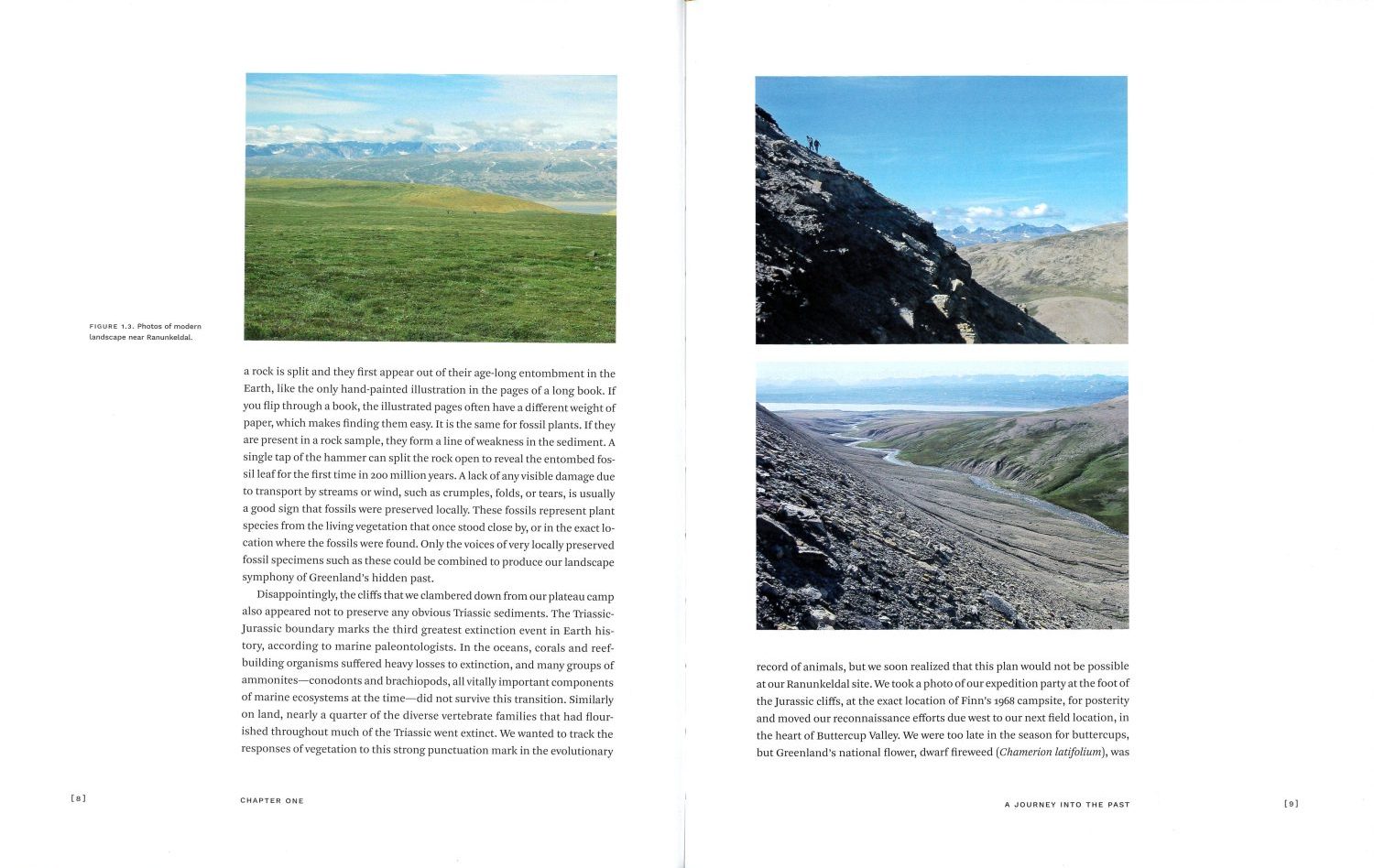
Fast forward to 2002 when palaeobotanists Jennifer C. McElwain (co-author of the textbook The Evolution of Plants) and Ian J. Glasspool were part of a team excavating plant fossils in East Greenland. The first chapter recounts the excavation in photos and words, giving you a good feel of both the geological setting and the day-to-day reality of extracting fossils from a 70-metre cliff face under Arctic conditions. Equally interesting is the careful methodology of the excavation. Rather than just presence/absence data, the team was interested in measuring the abundance of different plant species in each of the fossil beds. How do you do that? And, given the vagaries of the fossil record, what caveats and assumptions underlie the results?
“The text […] provides a fascinating mix of palaeobotanical details and revealing insights into reconstructing extinct plants.”
With the fossil haul back in the lab, McElwain and Glasspool enlisted the help of Marlene Hill Donnelly, a scientific illustrator with the Field Museum in Chicago. She asked the fateful question: what colour were those leaves before they fossilized? The three chapters that follow detail the work that went into each of the three gorgeous and detailed paintings depicting a moment in time before, during, and after the mass extinction. The text thus provides a fascinating mix of palaeobotanical details and revealing insights into reconstructing extinct plants. Let me give you a few examples.
Many Triassic species left no living descendants, one example being Czekanowskia, a plant with ribbon-like leaves. Donnelly resorted to making models out of thin sheets of various materials on which she indented vein patterns to see how their leaves drooped down from the stems. Other groups persisted, such as ferns, cycads, and ginkgos. Flowering plants had yet to evolve, but insects were already around. Microscopic studies revealed egg-laying scars on Gingkoites leaves that are ascribed to streamside dragonflies, leading Donnelly to include several dragonflies in the final piece. Leaves of the vine Lepidopteris ottonis showed water pores at their tips, so Donnelly has depicted these leaves with sap exuding from them, so-called guttation droplets resulting from high internal fluid pressure.
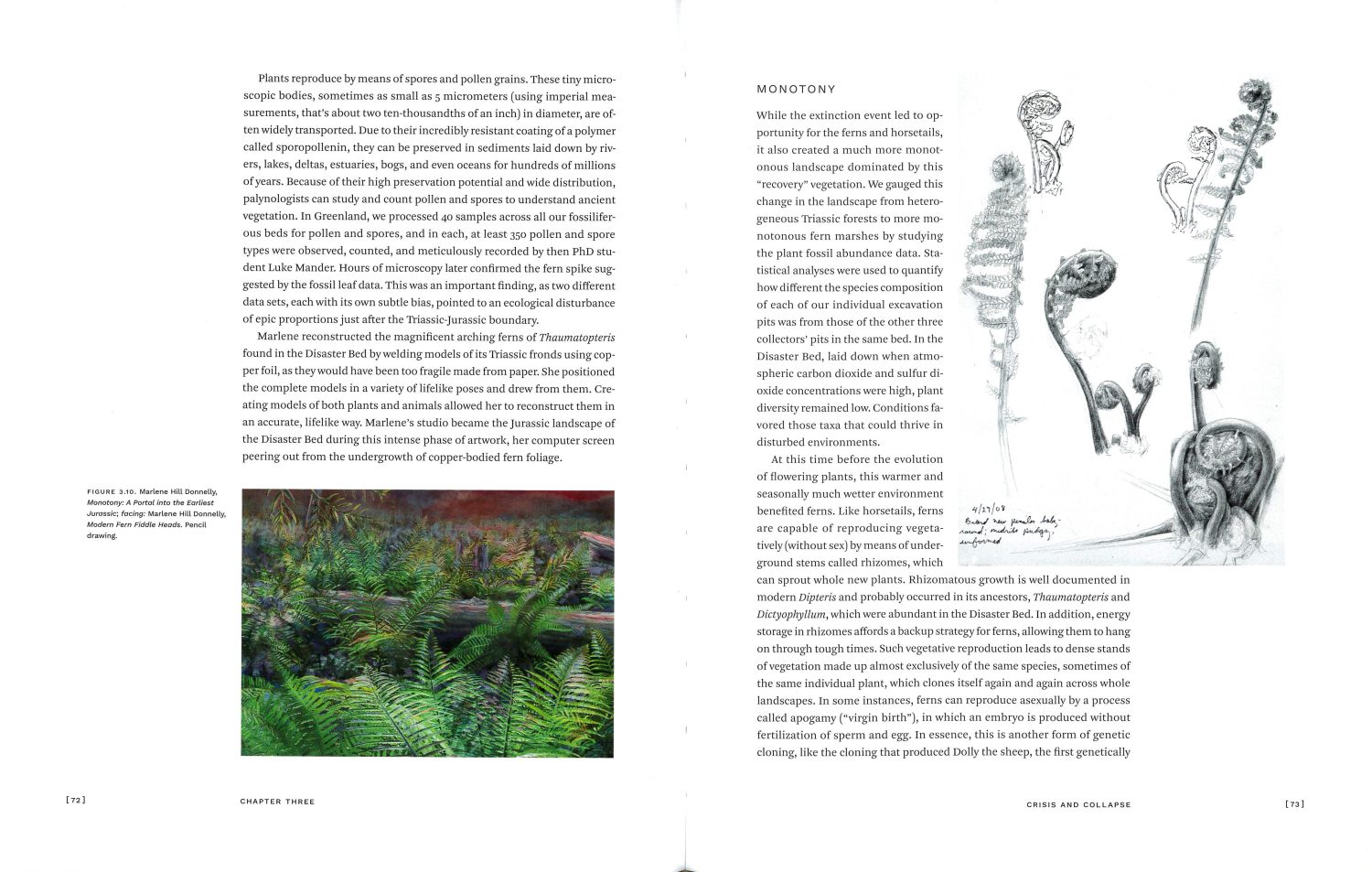
One of the fossil beds captured the plant world in the throes of volcanism. Contemporary experiments have shown how exposure to increased sulfur dioxide concentrations, a gas released during volcanic eruptions, results in yellow patches (chlorosis) or dead leaf tissue (necrosis), a detail Donnelly included. Furthermore, leaves grew rounder in the experiment, a change also seen in Greenland’s fossil leaves. At the Triassic–Jurassic boundary, there is a spike in so-called disaster taxa: hardy plants such as ferns and horsetails. Both feature prominently in Donnelly’s second painting. Once we move into the Jurassic, certain plants, called Lazarus taxa for their seeming resurrection, return in the fossil record. Did they go locally extinct, migrate elsewhere, or were they around but temporarily not preserved as fossils? Other species decreased in abundance and the authors write that “The Jurassic ecosystems […] were certainly not restored mirror images of the Triassic forests” (p. 86). In several places, the authors draw parallels to our current era of anthropogenic global warming as the past can offer a baseline of what to expect. However, given that we are emitting greenhouse gases approximately 10–100 times faster, we should not be surprised if some changes will be exacerbated.
“A clever feature of Tropical Arctic is that each chapter features several close-ups of the final artwork to highlight some of the […] details in isolation.”
A clever feature of Tropical Arctic is that each chapter features several close-ups of the final artwork to highlight some of the above-mentioned details in isolation. Once you get to the two-page spreads showing the finished works, you do so with a better appreciation of all the details, rather than being overwhelmed and overlooking them. An appendix shows photos of some of the common or notable fossil leaves found in Greenland and features an interesting introduction to the species concept used by palaeobotanists. Given that most fossils are isolated plant parts and that you cannot observe breeding behaviour, you cannot rely on the biological species concept. Palaeobotanists instead use so-called form taxa based on morphology. This can result in the rather surreal situation where different parts of the same plant are categorised as very differently named genera and species.
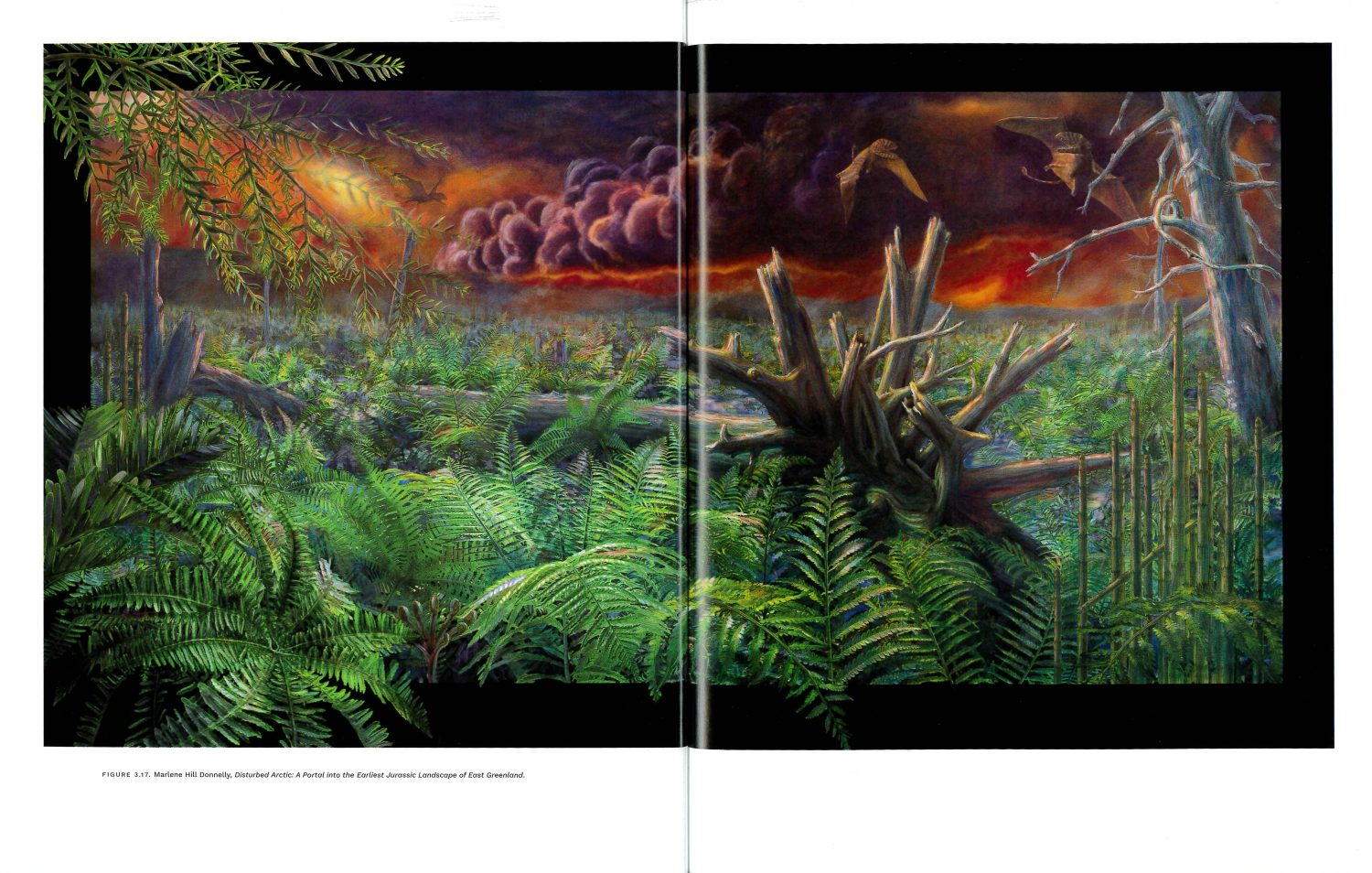
As Mark Witton has also argued, careful restoration of plant life can greatly enhance the credibility of your artwork. Tropical Arctic takes this one step further. “Most dioramas and landscape reconstructions of the geological past focus on the enigmatic carnivore of the time, surrounding it with ambiguous vegetation that is difficult to pinpoint to a particular era. Our portal view of the Late Triassic forest floor turns this usual paradigm on its head: the vegetation is rendered in detail, and is of its time and place” (p. 44). For that reason alone, this is a rare treat, but the addition of a detailed look at the research and thinking behind resurrecting Greenland makes this a unique book.
Disclosure: The publisher provided a review copy of this book. The opinion expressed here is my own, however.
Other recommended books mentioned in this review:
__________________________________________________________________

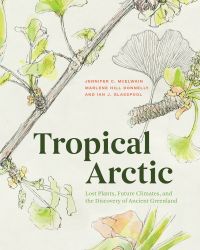
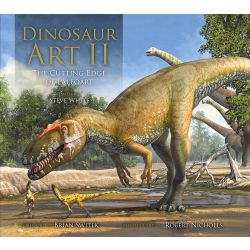

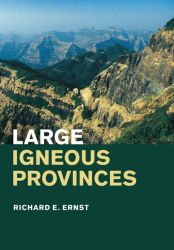
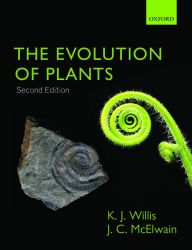
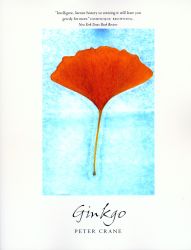
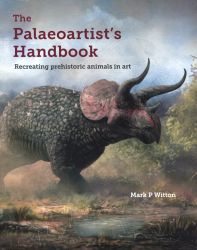
As usual, a superb review that carries my imagination while reviving (and updating) my knowledge of the ancient past.
LikeLiked by 1 person
Thank you, Connie!
LikeLike